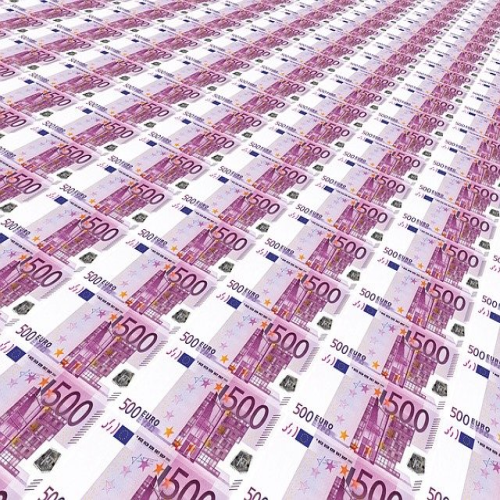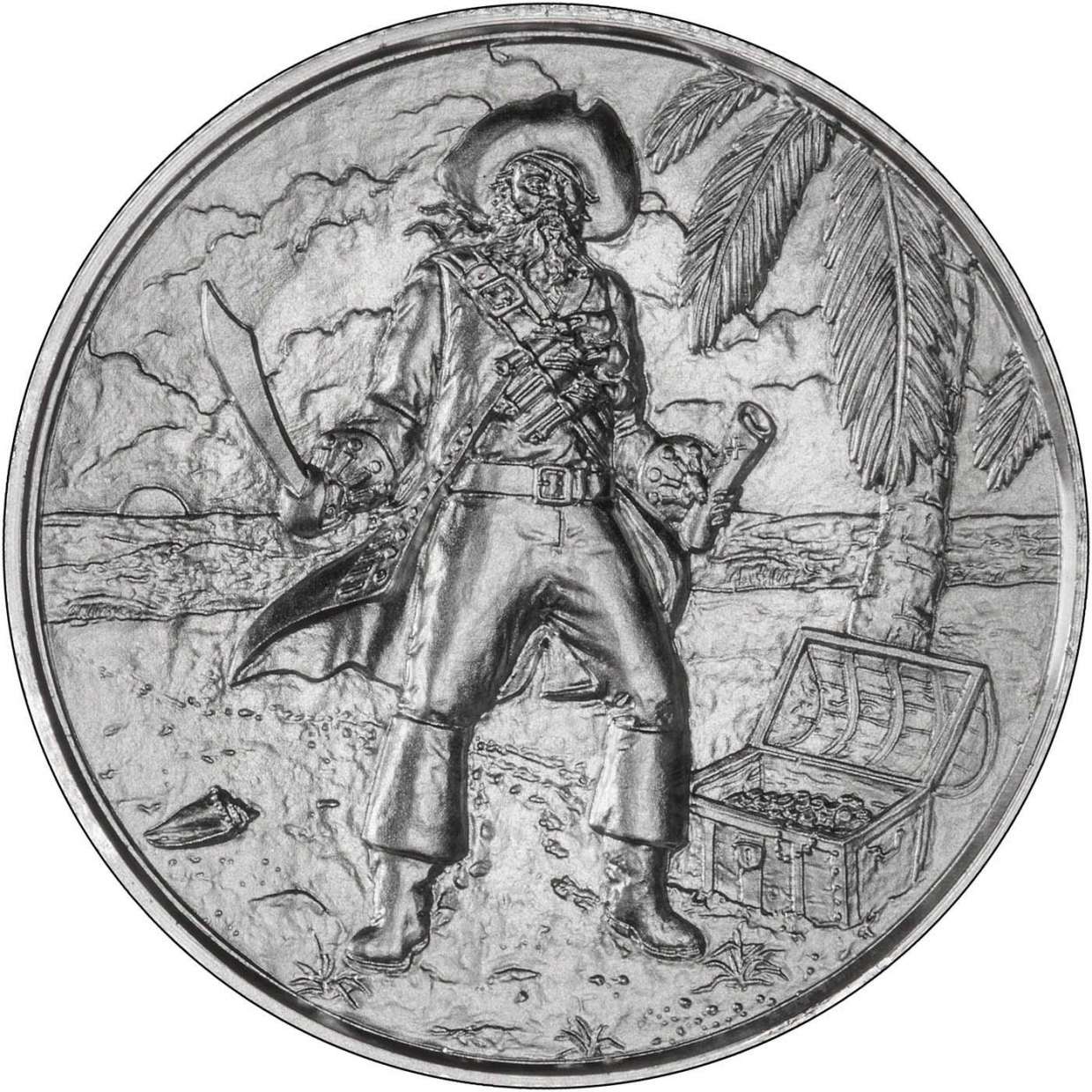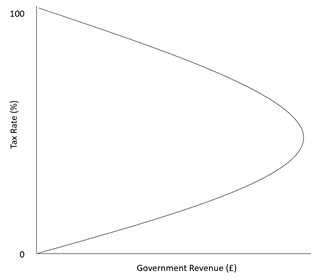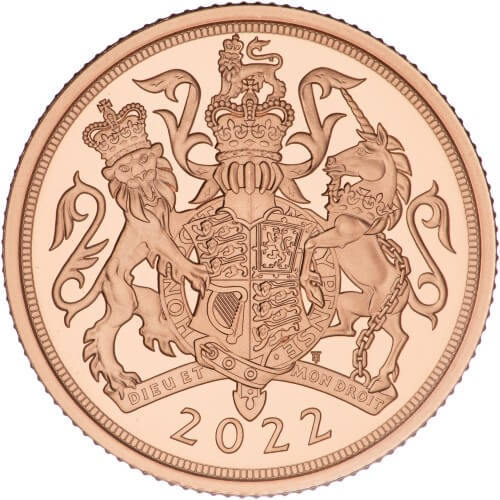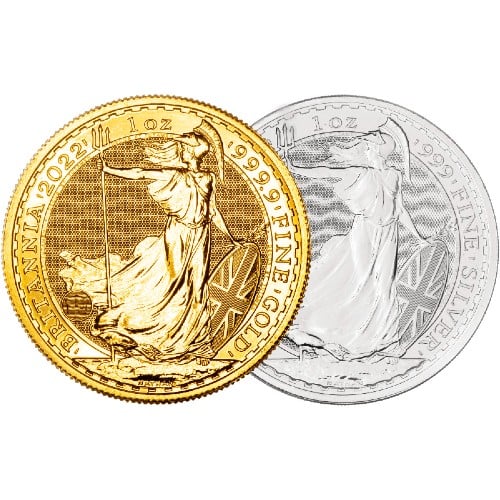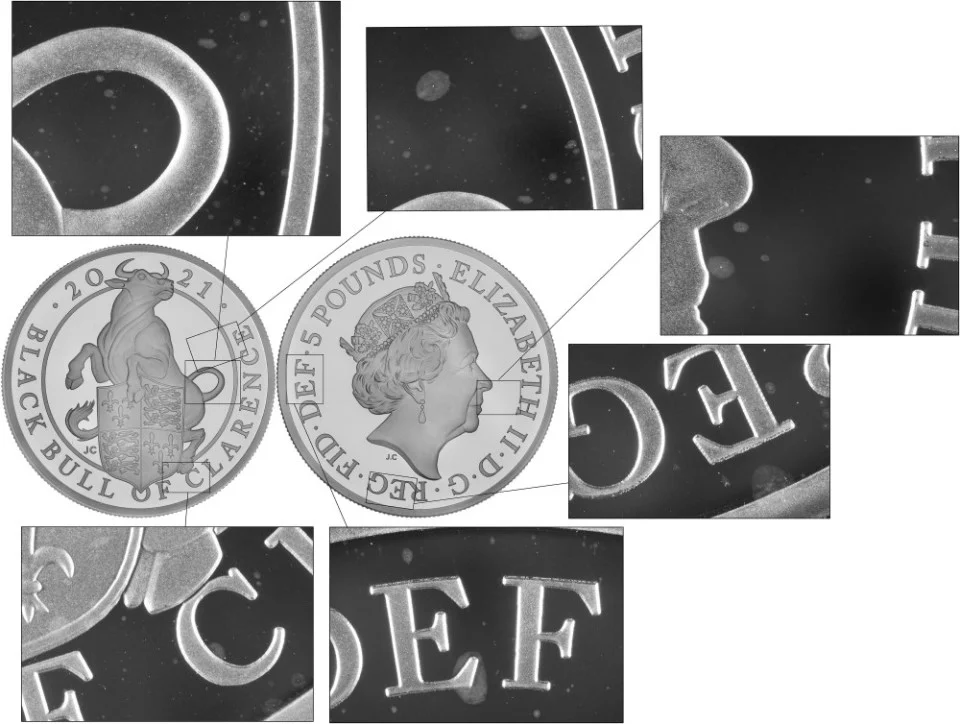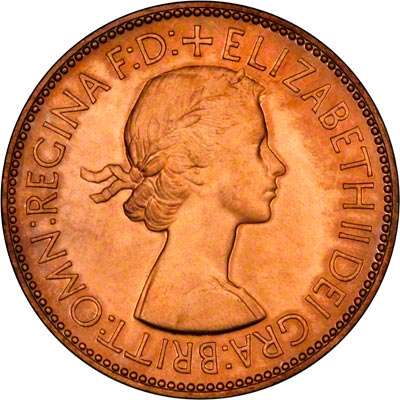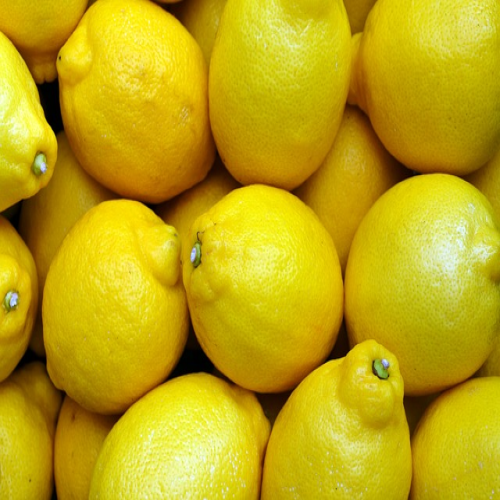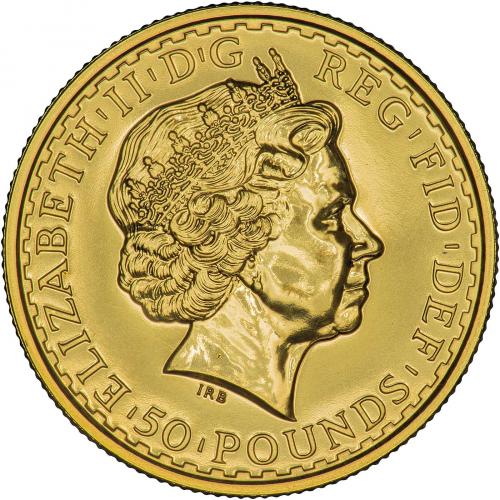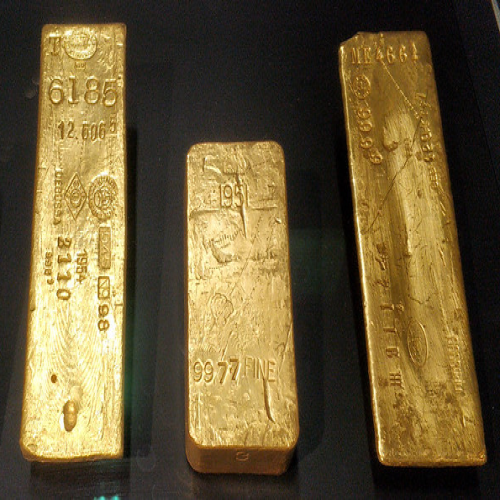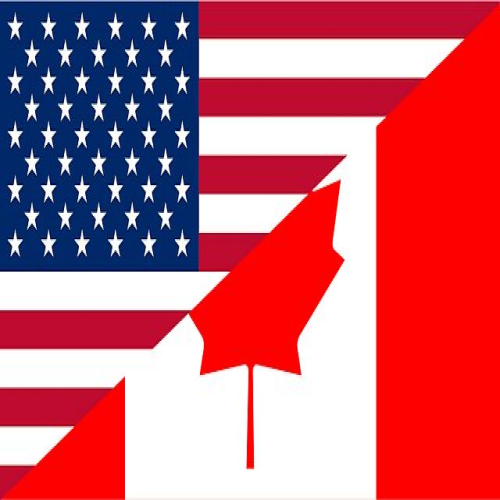50 Years of Change in the UK Bullion Market
Synopsis
This is our blog. If you are interested in buying bullion click this link.

50 Shades of Bullion... Well, Not Quite!
With over 50 years experience in the bullion industry, we thought we would share the changes we have seen.
We've limited our comments to the "small" investor market, typically anything under 400 ounce London Good Delivery bars, which are only traded between central banks and other institutions.
Bullion in the Swinging Sixties
Way back in the 1960's, as an investor or dealer in the UK, there was little need to consider anything beyond the British gold sovereign which probably accounted for over 90% of the market. Gold sovereigns were also popular in India, USA, and many European countries.
In other countries, there were local variations in the bullion market. These comprised Swiss, Belgian, French, Austrian 20 Francs, Austrian 4 ducats, 1 ducats, 100 coronas, 20 Coronas, Mexican 50 pesos, American $20 double eagles, Netherlands 10 guilders and a host more denominations and countries.

Gold bars were not available to the general public, and silver was not on most investors' radar as far as physical investments were concerned.
New Coins on the Block
With the introduction of the Krugerrand in 1967, investors woke up to the one troy ounce gold coin.
It wasn't long before other countries realised the benefits of a tradable gold coin with a standard weight of one troy ounce. The Royal Canadian Mint were the first to follow with the Maple gold coin, followed by the Isle of Man and Mexico. The USA and Great Britain were relatively slow to introduce their versions: The Eagle and the Britannia.
50 Year Timeline
Fractional Sizes
Fractional sizes of the Krugerrand have been available since 1980, but tend not to sell in large quantities because of the relatively higher manufacturing costs and premiums. Some mints make coins as small as one gram, but these need to be sold at ridiculously high premiums, and are mainly used by cynical marketing companies as a "starter price" offering. No serious investor would even contemplate paying these high premiums. However, these sizes often appeal to the the smaller investor or coin collector.
When fractional Krugerrands were first issued, their ex-factory premiums were 5%, 7%, and 9% respectively for half, quarter and tenth ounce versions compared with 3.25% for the one ounce coin. Other mints followed suit with fractional sizes of their bullion coins such as the Maples, Eagles, Pandas and Britannias. On the whole, as premiums are higher on the smaller sizes, these coins tend to prove more popular with collectors than investors. However, occasionally, fractional sizes do become available on the secondary market at premiums similar to one ounce coins, in which case, they become worth buying.

Larger Sizes

Perth Mint produce larger sizes of bullion coins, including 2 ounce, 10 ounce, one kilo, and 10 kilo sizes. Some other mints also produce larger (than one ounce) sizes. The Perth Mint larger coins are theoretically sold at lower premiums, except for the 10 kilo version. Some mints offer larger sizes as Added Value (more expensive) items. None of the larger sizes have any significant market share; one troy ounce has firmly established itself as an international standard weight of gold bullion coin.
Old or New?
We have already stated that the genius of the Krugerrand was the simple fact that it contained one troy ounce of fine gold. In most world markets, gold is quoted in US dollars, or local currency per troy ounce. This makes it extremely simple and convenient to see, follow, understand, and compare prices and fluctuations. No calculations are necessary.
Compare this with older gold bullion coins which were originally intended to be used primarily in circulation; let's use the British gold sovereign as an example:
A sovereign weighs 7.98805 grams
Alloy: 22 carat gold = 916.66' parts per 1000.
Actual gold content assuming 7.98805 grams gross
Therefore 7.98805 x 0.916 = 7.32238 grams or 0.235420 troy ounces.
Based on a live gold price of £1000, the intrinsic metal value of a sovereign would be £235.42
It is a good idea to be able to work out these calculations and to know the actual value of the gold that you are buying. Not all bullion dealers are transparent about their prices and premiums.
Serious investors should ensure they can perform simple arithmetic and simple maths; failure to do so means they will often make poor judgements.
Percentage Premium
We try to make it easy for our customers to compare by quoting our percentage premiums for most major gold bullion products. Any dealer who fails to do this does not deserve to gain the trust, respect, or business of investors.
This "ease" advantage of one ounce coins should not be allowed to distort sensible investor judgement. In many cases, older bullion coins offer better value, via lower premiums, than for one ounce coins.
Numismatic Rarity Value For Free
When older (pre-Krugerrand) bullion coins were issued, it was mainly for use in circulation or trade; not as investment bullion. Such coins are collectable by numismatists, some dates, mintmarks, types, and varieties are scarce or rare.

Coins in mint condition or high grade often command higher prices than "bullion grade" coins, yet may often be mixed in with bulk bullion lots. In these cases, the gold investor may pay only bullion prices, but end up with some coins which may be worth more to collectors. In addition, gift buyers will often happily pay more for a particular date of coin, even though they may not be coin collectors. It should be self-evident that if you get something for nothing extra, then this should be seen as an added bonus.
In our opinion, whenever it is possible to acquire "older" coins for no extra, they should always be preferred over "new" ones. Perversely, there are some modern bullion issues which end up in demand and trade for a premium, but this tends to be exceptional compared with "older" coins.
Wear and Tear
Some investors are worried that if they buy older coins, they may be worn, and weigh less than a new one; this is true to some extent, but the weight differentials are usually quite small, and in practice, most dealers ignore this and trade coins according to their normal weight.
We exclude very worn coins from this statement, as we along with most other bullion dealers do check and filter incoming coins for excessive wear, and scrap any which are not up to a reasonable bullion grade.
Older coins used to be very readily available, but have been becoming harder to source in quantity than they used to be. We believe this phenomenon will continue, and that ultimately items such as George V, Edward VII, and Victoria sovereigns will command higher premiums than modern bullion coins, yet can still be acquired in parcels of generic bullion sovereigns. This applies to other coins sold as bullion, for example, half sovereigns, French Francs and German Marks.
Fashions, Market Distortions, and Hysteria
There are sometimes factors which distort the market, and canny investors can make bonus profits from these. It should not be necessary to want investors to avoid paying premium prices at times of hysteria or other demand spikes, but we still see it happening every time.
Some Examples Are:
In the late 1970's or 1980's pre-decimal British sovereigns were in big demand in Italy for some reason as yet unknown to us. One particular day, we bought in just over 1500 of them, which we were able to promptly sell to two major bullion banks for £20 each profit. This was a slightly crazy market, but it did not last long. Sometime after 1971, all the major British banks started deal in gold bullion, almost exclusively in the form of gold sovereigns. Although these banks were quite competitive on price, we were always more competitive on both our buying and selling prices. Even so, the banks got over 90% market share, probably because investors were too lazy to shop around. The banks must have taken a decision only to handle "new" sovereigns (Queen Elizabeth II), probably because they did not have staff with sufficient expertise to check "old" (Kings and Victoria) sovereigns when people wanted to sell to the banks.
The result of this is that the price of "new" sovereigns rose to a premium over "old" ones, typically up to as much as £1 more. We always advised our buyers to buy the lower priced ones, and frustratingly some customers ignored this good advice.
Whenever there was a wave of selling by investors, the "new" sovereigns would then go to a discount. Over one period of a few years, we cannot know remember how long, the premiums flip-flopped, and we would often get our larger investor customers to share a swap premium with us, to mutual advantage. When demand eventually slackened, all the British High Street banks stopped their gold bullion operations, and left the market to us once again. In the credit / banking crisis of circa 2008, many ordinary people stampeded into gold bullion coins and bars. The premium on many bullion coins shot up on domestic and international markets.
While we maintained our premiums at very close to normal, many of our competitors jacked their premiums and prices up to whatever level people would pay. During this period we noticed somebody pay 27% premium on a Krugerrand in an ebay auction; a ridiculous premium, although we have frequently noticed ebay buyers paying well over the going prices for other coins. We could write much more about the crisis period, but will leave this to a future article. Even though Krugerrands are now often not the best choice of investment gold coin, we still find a significant number of potential buyers asking for them specifically. These people are about twenty years out of date with their information, and we do try to provide good advice on alternatives.
Restrikes
The word restrike is often used euphemistically by fraudsters or ebay sellers to mean fake or counterfeit, but there were and are official restrikes which are genuine and not fakes. The include:1892 Austrian 20 francs / 8 florins and 10 francs / 4 florins ,1912 Austrian 10 coronas, Austrian 1915 100 coronas, 20 coronas, 4 ducats, and 1 ducat, 1925 London Mint gold sovereigns and 1947 Mexico 50 pesos.

In most cases, we would not expect any of these to acquire much in the way of a numismatic premium, with the exception of the 1925 sovereigns, although all of them remain collectable to a limited extent.
Exchange Control Act
A 1966 amendment to the Exchange Control Act 1947 made it illegal for UK residents to continue to hold more than four gold coins dated after 1817, or to buy any gold coins unless they applied for and were granted a collectors licence from the Bank of England. This was rescinded in 1971.
For a full analysis on this law restricting gold possession in the UK, please see our Exchange Control Act article.
1973 - VAT Introduction
VAT was introduced on 1st April 1973 (including on gold coins). Shortly afterwards, we started operating a "brokerage" scheme on gold coins enabling us to match private buyers and sellers, so as to legitimately avoid VAT on sales and purchases of coins already in private ownership. In January 1996, the "Special Scheme" for antiques was extended to most classes of second-hand articles, including gold coins, enabling us to sell "second-hand" sovereigns with VAT payable only on our margin.
VAT Exemption
From 1st January 2000, investment gold, including most gold coins and gold bars became exempt from VAT in the entire EU, including the UK, meaning that for the first time in over 26 years, United Kingdom residents were able to purchase gold as an investment without the imposition of VAT.
UK Embargo and Sanctions Against South Africa
For a number of years, there were economic sanctions against South Africa, including by the UK. We cannot remember or find the exact dates, but we believe Krugerrands could not legally be imported into the UK when they were first issued in 1967, although my recollection is that by 1971, we were able to deal in Krugerrands.
Anti Money Laundering and Identity Requirements
Back in the 1960's, it was perfectly acceptable to transact deals in cash. Naturally, we kept appropriate required records, but we were not required to record or retain customer ID, and did not do so. A receipt would simply say "Cash sale £xxx". Since VAT exemption in 2000, and increasingly, there are EU rules and laws against money laundering, and for investment gold transactions, dealers are legally obliged to obtain full customer identification, and more; there are limits on cash transactions.
Silver Bullion
Mexican Libertads
Mexico introduced a one ounce silver Libertad in 1982, but was and is rarely seen on the UK market.
Canadian Maple Coins
It was only in 1988 that the Canadian silver maple leaf, a one ounce coin, kick-started the investment silver coin market; others followed.
It is almost impossible to avoid paying VAT on silver bullion in the EU and UK, so investment silver bullion play only a small part in the UK market. VAT is also payable on platinum and palladium bullion coins, rendering them almost irrelevant in the UK and EU when compared to the USA.
The UK Bullion Market Now
From having a de-facto near monopoly in the 1960's, gold sovereigns are now only one of a large number of gold bullion coins, so the market is now rather splintered. We pride ourselves on being market-makers in bullion coins, bars, and numismatic items. We have expanded our stock range to include:
Gold And Silver Bullion

Links to Popular Products
Secondary market gold bullion sovereigns
Gold Britannias (one ounce), secondary market when available
Australian nuggets (also known as Kangaroos) and lunars
Gold Investment Bullion Bars
Investment bars available in various weights, from one kilo down to one gram and more! We have refrained from providing a longer list, but the above should serve to show that instead of being able to concentrate almost entirely on one important gold bullion coin, eg. the sovereign, we are now expected to stock, and be prepared to buy or sell, a whole range of other products, most of them with no real advantages over gold sovereigns.
We have not included any of the older gold bullion coins, but we still handle them; indeed a recent (2016) stock count showed we had over £100,000 worth of US gold $20 double eagles in stock, although these generally trade at more than bullion prices. We don't consider the UK has ever had a great tradition physical gold hoarding or investment, but it has grown fitfully since January 2000, and we believe our company played a major part in educating the British public and media throughout this period.
Whatever you decide to buy, we have a wide selection of bullion coins from all over the world, both modern and dated. Whether you are looking to spend £10 or £1 million, we will have something to suit your needs. E-mail us on [email protected] or call us on 01253 343081 with your requirements.
Since publishing this blog, there have been a number of new coins issued in the Queen's Beast bullion range which you can now purchase online.
Related Blog Articles
This guide and its content is copyright of Chard (1964) Ltd - © Chard (1964) Ltd 2024. All rights reserved. Any redistribution or reproduction of part or all of the contents in any form is prohibited.
We are not financial advisers and we would always recommend that you consult with one prior to making any investment decision.
You can read more about copyright or our advice disclaimer on these links.







